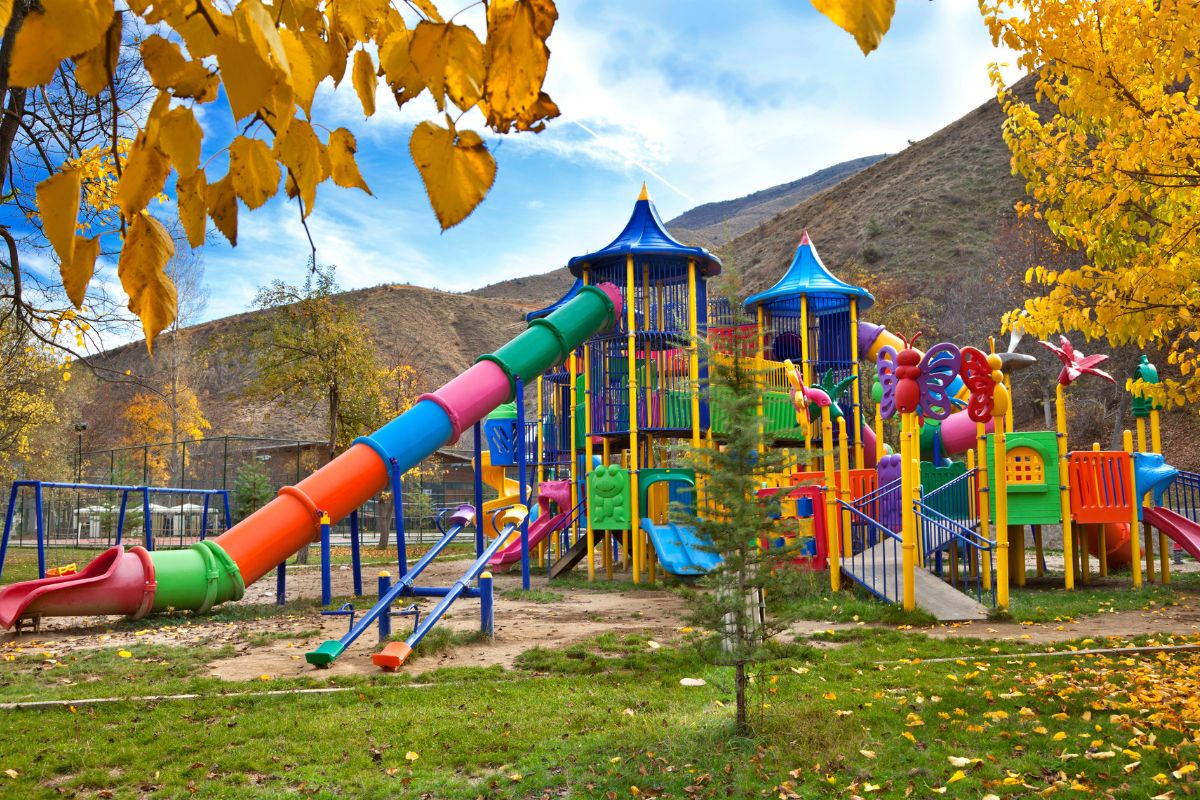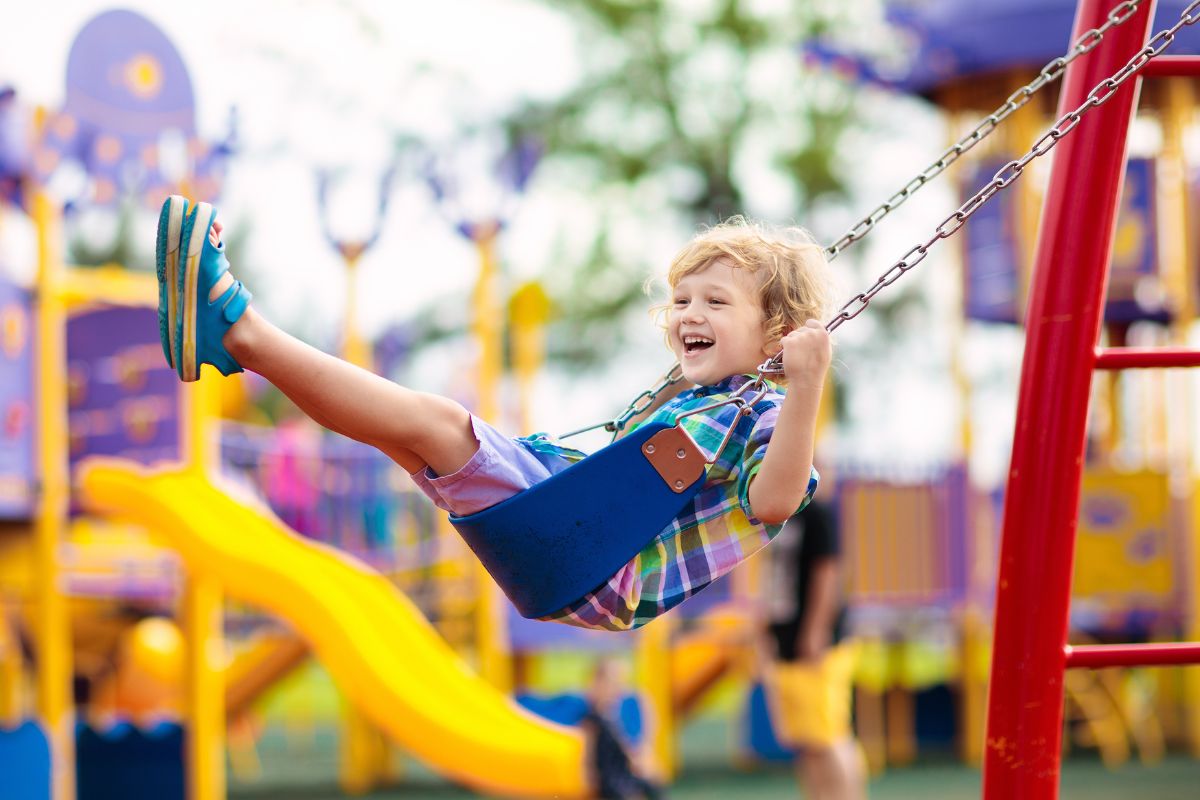In a world increasingly dominated by screens and indoor activities, the importance of outdoor play has never been more pronounced. As we navigate this digital era, fostering environments that encourage physical activity, social interaction, and connection with nature is crucial for the well-being of our communities, especially the younger generation.
This blog delves into the transformative power of the latest outdoor playground equipment, offering insights into how these innovations can create fun, engaging, and inclusive outdoor spaces for children and communities alike.
Table of Contents
The Evolution of Playground Equipment
Gone are the days when a simple swing set and slide comprised the entirety of playground offerings. Today’s playground equipment has evolved to cater not only to the physical demands of climbing, swinging, and sliding but also to the imaginative, social, and cognitive development of children. From theme-based structures that transport kids to fantastical worlds to inclusive designs that ensure every child can participate, the landscape of outdoor play is richer and more diverse than ever.
The Role of Modern Playground Equipment in Child Development
Modern playground equipment plays a pivotal role in child development. Beyond the obvious physical benefits of increased activity, playgrounds are instrumental in enhancing fine and gross motor skills, problem-solving abilities, and social interaction. Equipment designed with various challenges and interactive elements encourages children to think creatively, negotiate roles, and collaborate, laying the foundation for a range of life skills.
Key Features of the Latest Playground Equipment

Inclusivity: Today’s playgrounds strive to be spaces where children of all abilities can play together. Equipment like wheelchair-accessible swings, sensory play panels, and ground-level play features ensure that playgrounds are enjoyable and accessible for everyone.
Safety: Advances in materials and design mean that modern playground equipment is safer than ever. Rubber surfacing, rounded corners, and age-appropriate structures minimise the risk of injury, giving parents and caregivers peace of mind.
Sustainability: With a growing emphasis on environmental responsibility, many playground manufacturers now prioritise sustainable materials and practices, from recycled plastics to sustainably sourced wood, ensuring that outdoor play spaces contribute positively to the environment.
Technology Integration: While outdoor play aims to provide a counterbalance to screen time, technology has found a place in enhancing the playground experience. Interactive games and educational panels powered by solar energy add a new dimension to play without detracting from the outdoor experience.
Themed Playgrounds: From pirate ships to castles, themed playgrounds spark imagination and creativity, turning playtime into an adventure. These themes can be tailored to the cultural and historical context of the community, adding educational value.
Strategies for Creating Fun and Engaging Outdoor Spaces
Community Engagement: Involving the community in the design and planning process ensures that the playground meets the unique needs and desires of its users. Community workshops and surveys can gather input on preferred equipment, themes, and accessibility features.
Balancing Variety and Challenge: A well-designed playground offers a range of equipment to cater to different age groups and abilities. Incorporating both familiar structures and new challenges ensures that the playground remains exciting and engaging over time.
Creating Multi-Use Spaces: Modern playgrounds often serve as community hubs, incorporating elements such as seating areas for parents, picnic spots, and open spaces for events. This multi-use approach maximises the utility and appeal of outdoor spaces.
Incorporating Natural Elements: Integrating playground equipment with natural features like trees, rocks, and water not only enhances the aesthetic appeal of the space but also encourages a connection with nature and provides additional sensory experiences.
Case Studies: Transformative Outdoor Play Projects
Across the globe, innovative outdoor play projects demonstrate the impact of modern playground equipment on communities:
- The Adventure Playground, London: This playground combines natural landscapes with creative play structures, offering an inclusive space where children can explore freely. Features like water play areas and climbing boulders encourage interaction with natural elements.
- The Inclusive Park, Melbourne: Designed with input from children with disabilities, this park features inclusive equipment, sensory gardens, and quiet zones, making it a pioneering space for accessible outdoor play.
Looking Ahead: The Future of Outdoor Play Spaces
As we look to the future, the evolution of outdoor play spaces will likely continue to be influenced by advances in technology, environmental considerations, and ongoing research into child development. Interactive and adaptive playground equipment that can change and evolve to meet the changing needs of communities may become more prevalent. Additionally, the integration of virtual and augmented reality elements could offer new ways to blend physical and digital play, further expanding the possibilities of outdoor play spaces.
Creating fun and engaging outdoor spaces with the latest playground equipment is about more than just providing a place to play. It’s about offering opportunities for physical, social, and cognitive development; fostering inclusivity; and building communities. As playground equipment continues to evolve, the potential to transform outdoor spaces into vibrant, inclusive, and imaginative play environments grows. By prioritising safety, sustainability, and community engagement, we can ensure that these outdoor spaces will serve
















